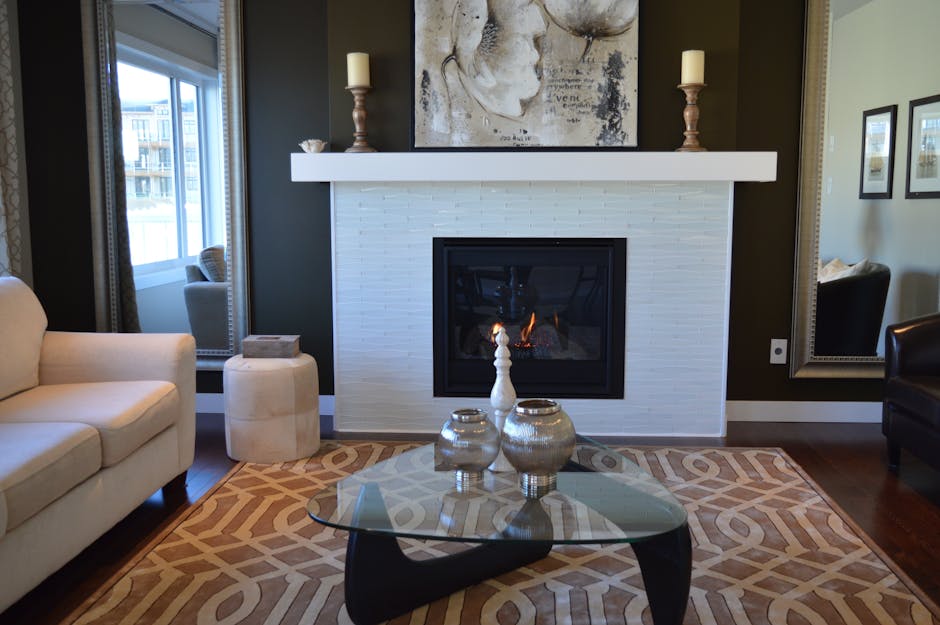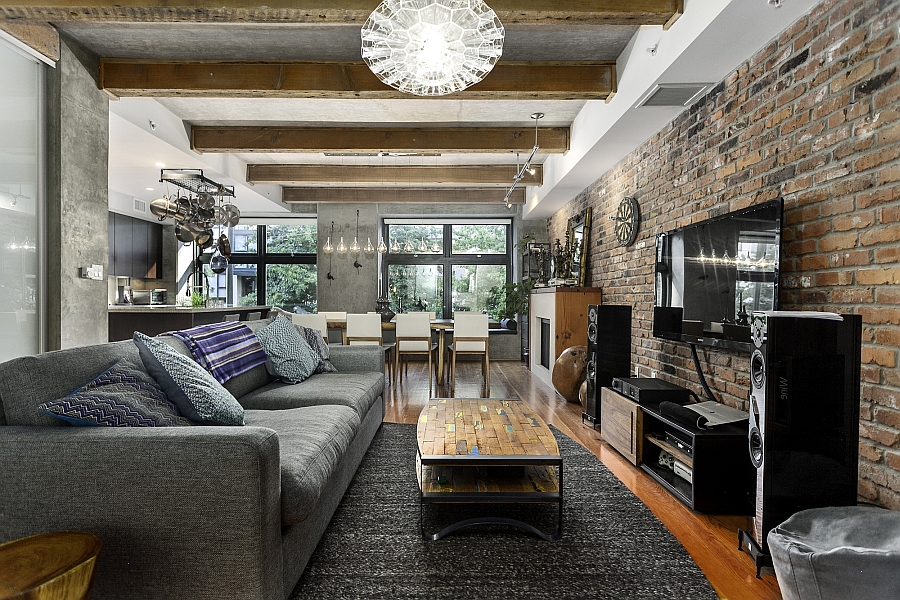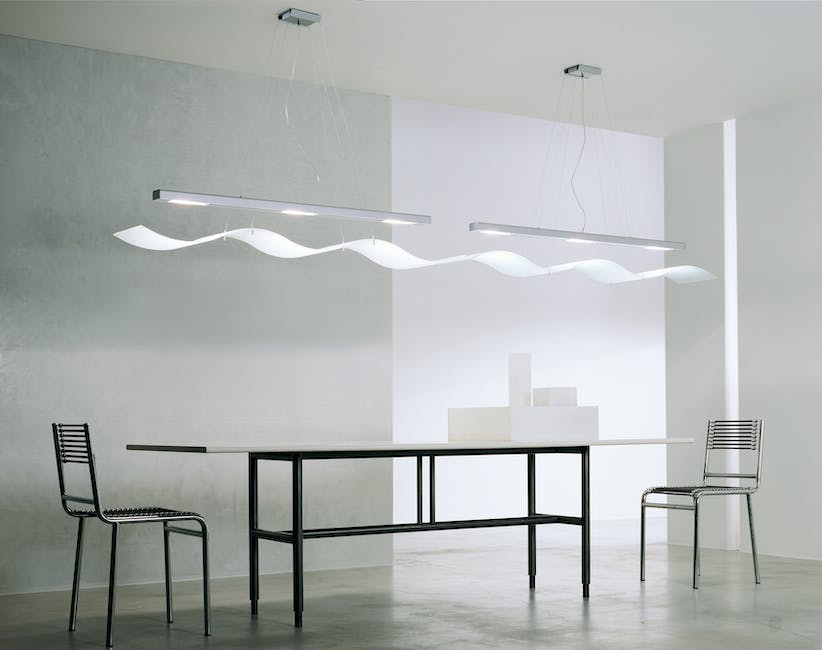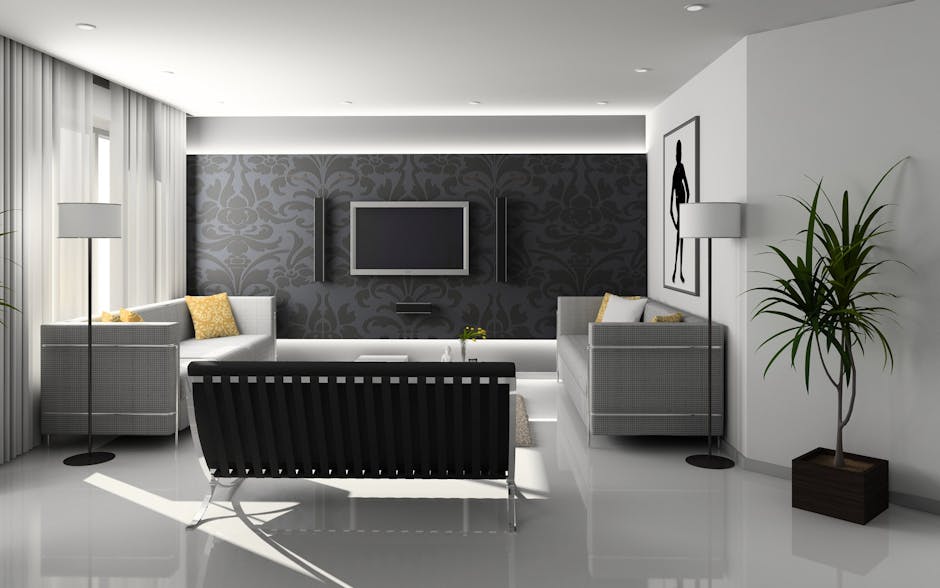9. FRENCH COUNTRY
Warm, earthy colours are indicative of a French Country design style, as are worn and ornamental wooden furnishing. The style has an overarching farmhouse inspiration.
French Country design may include soft and warm tones of red, yellow or gold and natural materials like stone and brick. French Country design can include collections of ornate porcelain dishes and heavy linens and bed coverings.





 ering and dimensional within most traditional designs.
ering and dimensional within most traditional designs.




